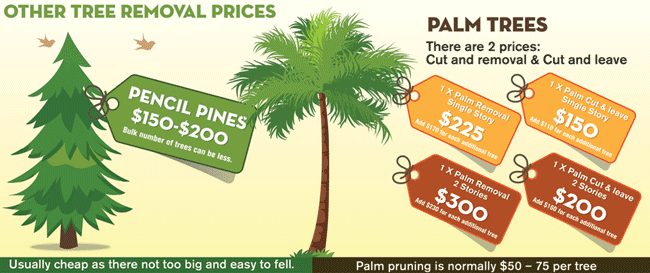Indications It's Time To Get Rid Of A Tree - A Property Owner'S Overview
Indications It's Time To Get Rid Of A Tree - A Property Owner'S Overview
Blog Article
Author-Jacobsen Lester
Trees add appeal and value to property, yet they can additionally position a risk during severe weather occasions. If a tree has stopped growing, is exhibiting visible fungal development, or has a leaning trunk, it ought to be eliminated by a specialist to avoid building damages and injury.
To learn more, go to a house owner source reasonable co-hosted by HPD, the Facility for NYC Neighborhoods, and Brooklyn-based real estate partners this evening in Bedford-Stuyvesant. The event will certainly feature the Homeowner Handbook, a brand-new overview to aid house owners navigate the obligations of possessing a home.
1. Dead or Perishing Branches
Trees are an important part of your home's landscape, using color and beauty. They likewise provide sanctuary for wild animals and generate oxygen, however also healthy and balanced trees can experience illness that may require their elimination. inter maintenance or dying trees aren't simply unsightly, they can be hazardous. https://screenrant.com/animal-crossing-new-horizons-bug-catching-tips-tricks/ might fall throughout a tornado, resulting in expensive building damage and injuries.
When a tree's branches start to die, it suggests that its framework is beginning to break down. If most of its branches are dead, it is most likely time to remove it.
Try to find an absence of new growth, bark peeling, open injuries or tooth cavities, fungis expanding on the trunk or origins and a basic look of degeneration in the whole canopy. These indications of infection can show a significant problem that will certainly require professional tree solutions to fix.
2. Leaning Trunk
While it's regular for trees to lean every so often as a result of phototropism, if a tree has a harmful or serious lean that's not as a result of natural processes - it could be a sign that the tree requires to be removed. If the tree is favoring a power line, home, vehicle, play structure or any other area that could be harmful to people if it falls, after that speaking to a specialist tree service for elimination should be a top concern.
It's additionally essential to watch for any sudden changes in a tree's leaning as it can show damage to the origins or trunk that may bring about dropping. source for this article is specifically real during thundercloud, because high winds and rain-soaked soil can trigger a lean to transform quickly. Regular monitoring, particularly during and after storms can help property owners acknowledge possible issues with their trees so they can call an arborist for a comprehensive evaluation.
3. Parasite Infestation
Some pest problems, such as wood-boring insects like emerald ash borer or sap-suckers like scale pests, are so severe that they can cause a tree to die. The very best way to avoid pest infestation is to monitor your trees on a regular basis. Try to find places, openings, or discolorations in the fallen leaves and bark. Take a look at the trunk for fractures and indicators of insect damages, such as passages or tracks.
If a tree becomes as well infested with pests, or is close to a home or power lines, an arborist might advise elimination. If a leaning tree creates a new, unpredictable lean, an arborist will likely recommend removal also to ensure the safety of people and building. If a damaged or dead tree constantly sheds too much branches, it is an indicator that it is time to eliminate the tree. If a tree continues to shed branches for an extensive period of time, it might bring about architectural problems and potential building damages.
4. Harmed Trunk
Trees are a lovely and integral part of our landscape, but they do need normal care to maintain them healthy and secure. If a tree is damaged beyond repair it is likely time for it to come down.
Seek signs of damages to the trunk, including vertical fractures, joints, dead branch stubs, visible injuries or open dental caries and extreme tree-rot. The presence of fungis at the base of the trunk is an additional advising sign. Fungis might indicate that the phloem and xylem (life-support cells) are endangered, permitting the spread of condition or a future failure.
Likewise, consider whether the tree has actually stopped expanding. Healthy and balanced trees will have new development every year, which may be visible as buds or branches growing and extending. If you do not see any kind of brand-new development, it's a great concept to have an arborist assess the tree and follow their referral for removal. A passing away or harmed tree can fall and trigger building damages.